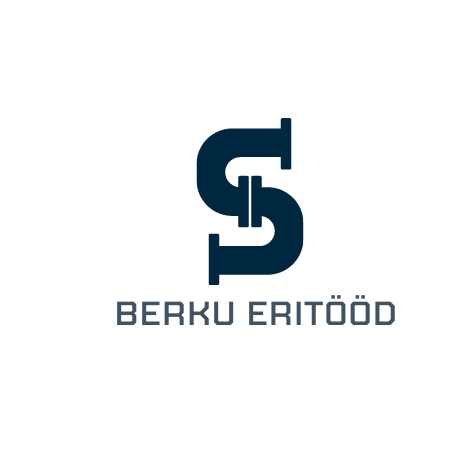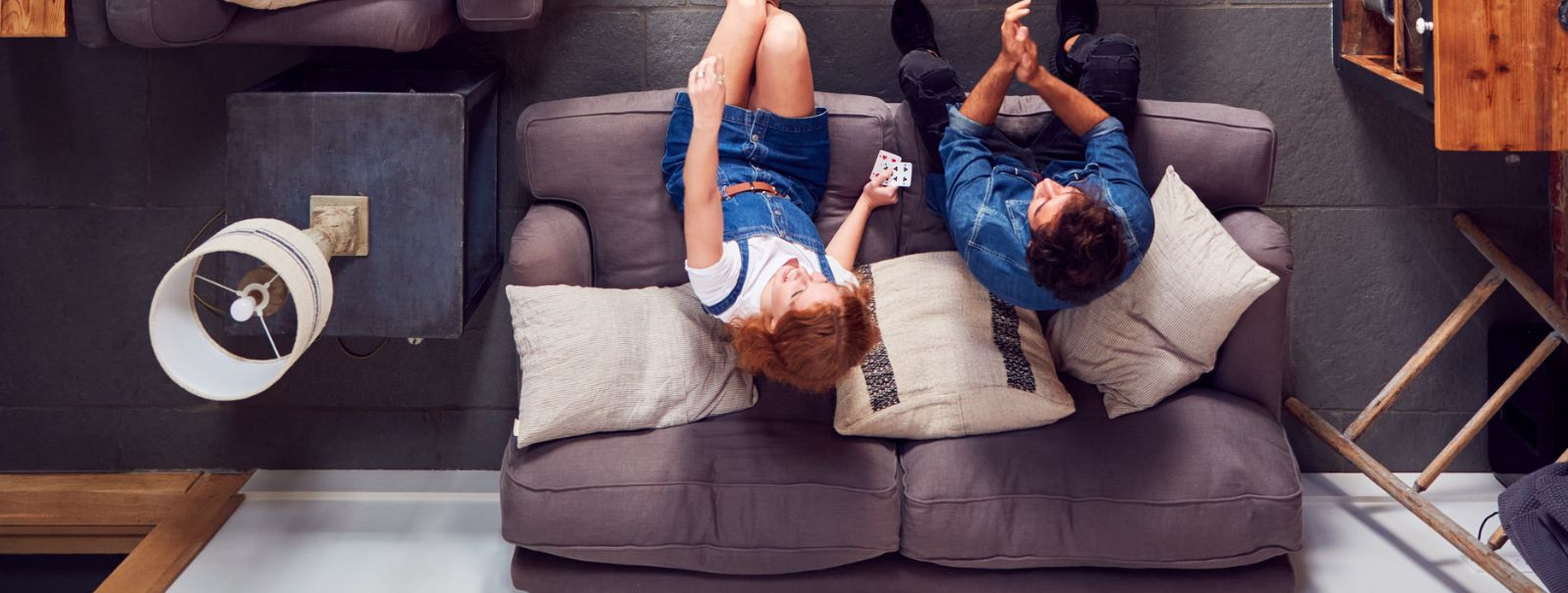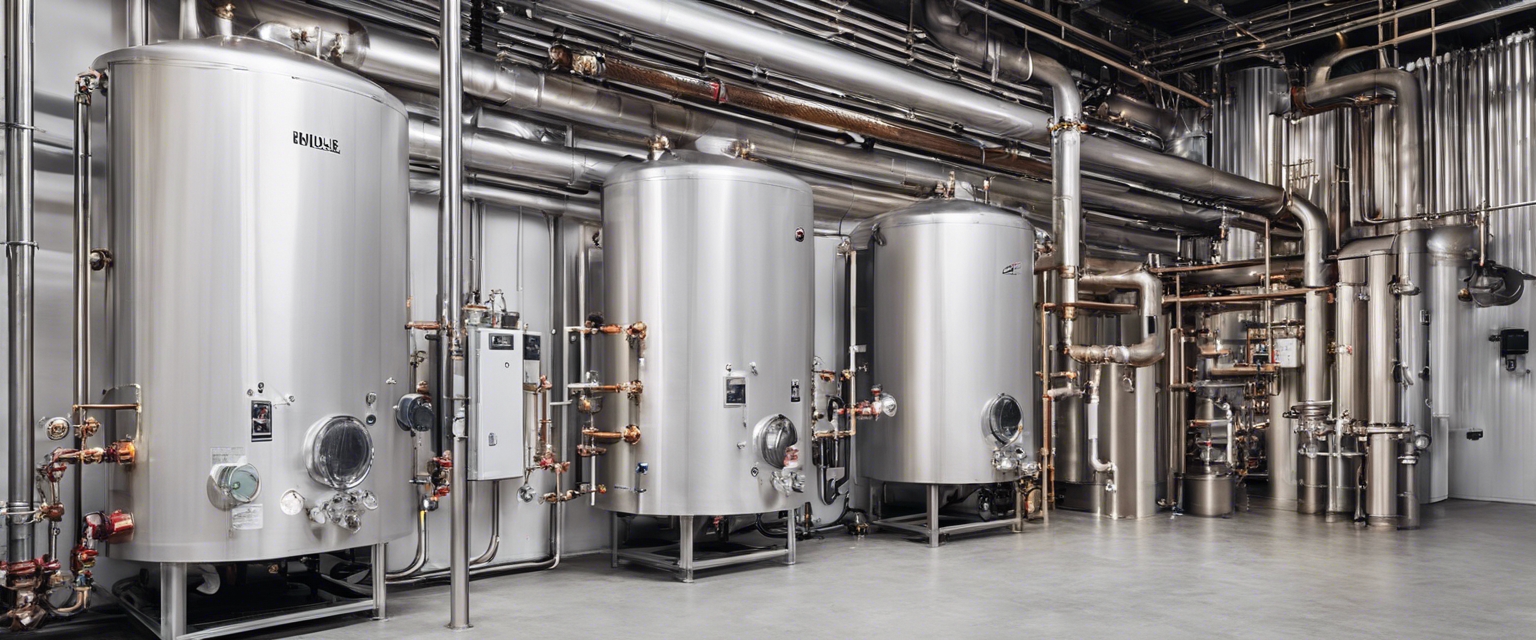Creating your eco-friendly interior: a step-by-step approach
Embracing an eco-friendly lifestyle extends beyond recycling and conserving water; it also encompasses the design and decoration of our living spaces. Creating an eco-friendly interior is not just about aesthetics; it's about making responsible choices that benefit both the environment and your well-being.
Understanding the Basics of Eco-Friendly Design
Sustainable interior design is grounded in principles that prioritize environmental impact, functionality, and health. These principles include reducing waste, choosing renewable and non-toxic materials, and designing for energy efficiency.
An eco-friendly interior offers numerous benefits, including reduced energy costs, improved indoor air quality, and a sense of well-being that comes from living in a space that aligns with your values.
Step 1: Planning Your Eco-Friendly Interior
Before diving into the design process, it's important to define what sustainability means to you. Whether it's reducing your carbon footprint or creating a toxin-free home, setting clear goals will guide your decisions.
Take stock of your current space and consider how it can be improved with eco-friendly updates. This might involve reconfiguring layouts to maximize natural light or planning for energy-efficient heating and cooling systems.
Step 2: Choosing Sustainable Materials
Opt for materials that are sustainably sourced, recycled, or recyclable. Bamboo, cork, and reclaimed wood are excellent choices for flooring and cabinetry.
When selecting furniture, look for items made from natural materials or certified sustainable wood. Consider the longevity of the pieces and choose those that offer timeless design and durability.
Step 3: Energy Efficiency and Lighting
Design your space to take advantage of natural light, which can reduce the need for artificial lighting during the day. Skylights and strategically placed mirrors can help illuminate your interiors naturally.
When artificial lighting is necessary, opt for LED bulbs or other energy-efficient options. These not only lower your energy consumption but also last longer than traditional bulbs.
Step 4: Incorporating Green Technology
Smart thermostats, energy monitors, and automated lighting systems can help you manage your energy usage more effectively, leading to lower utility bills and a smaller carbon footprint.
Choose fixtures and appliances that are designed to conserve water, such as low-flow toilets and showerheads, and ENERGY STAR-rated washers and dishwashers.
Step 5: Indoor Air Quality and Natural Elements
Indoor plants not only add a touch of nature to your home but also improve air quality. Ensure your space is well-ventilated to reduce the buildup of harmful pollutants.
Select paints, sealants, and finishes that are low in volatile organic compounds (VOCs) to maintain a healthier indoor environment.
Step 6: Recycling and Upcycling in Your Design
Designate areas in your home for recycling and composting to make sustainable living a convenient part of your daily routine.
Upcycling furniture and materials not only reduces waste but also gives your space a unique and personal touch. Get creative with repurposed items that tell a story.
Step 7: Working with Eco-Friendly Experts
When undertaking a sustainable interior project, it's crucial to work with professionals who share your commitment to the environment. Look for experts with a track record in green building and design.
At BERKU ERITÖÖD OÜ, we specialize in providing high-quality, sustainable construction and interior solutions. Our expertise ensures that your eco-friendly interior not only looks great but also performs to the highest environmental standards.






Comments (0)